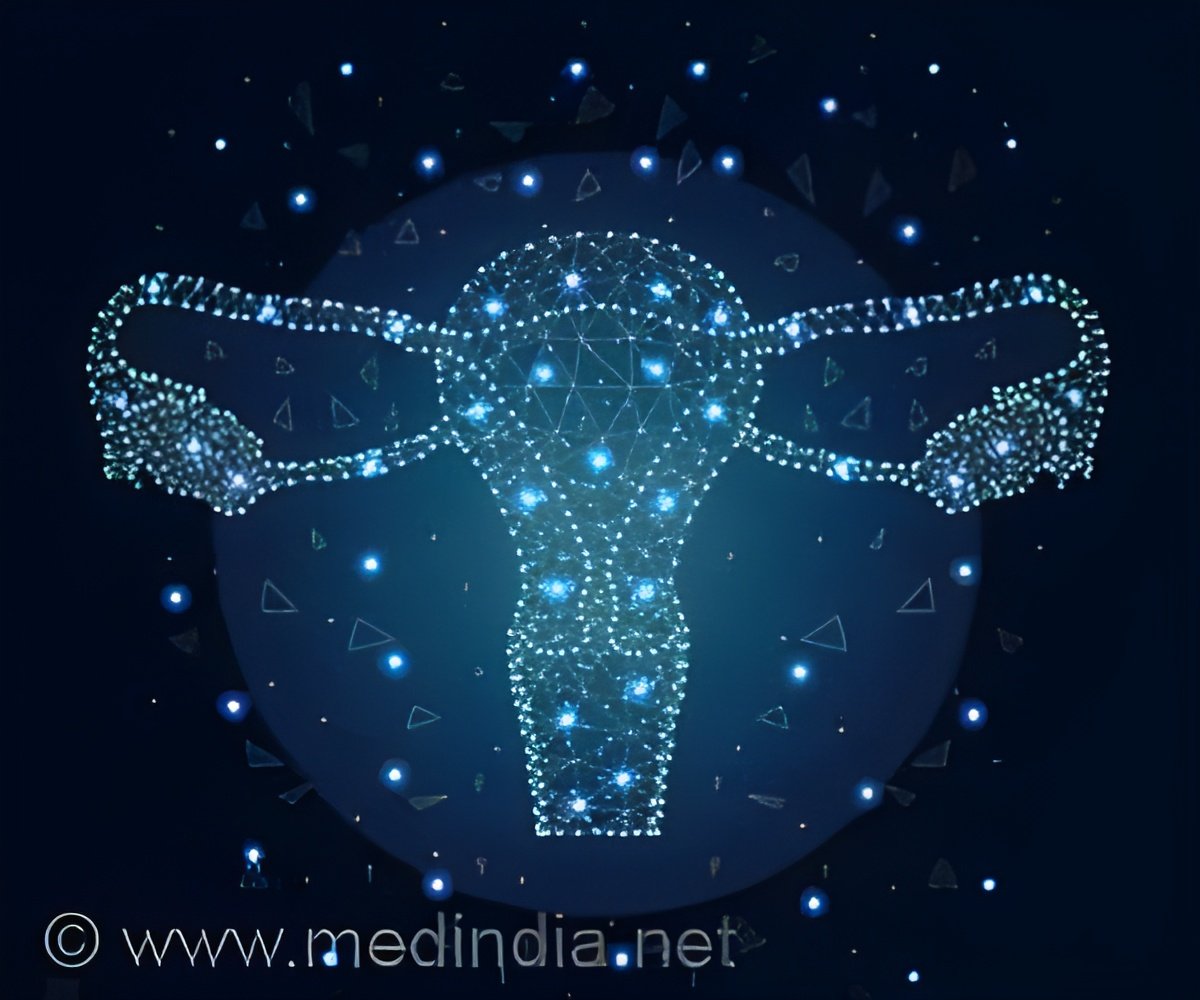The testes are the male reproductive glands located inside the scrotum, which is the bag of skin located under the penis. The testes are responsible for producing sperm and the hormone testosterone. Testicular cancer is when abnormal cells begin to grow in the testicles. Pain, swelling, or lumps in the testicle or groin area may be a symptom of testicular cancer that requires treatment. It can spread or metastasize outside the testicle and to other parts of the body. However, it is also one of the most treatable cancers, even if it spreads to other areas.
Although relatively uncommon overall, testicular cancer is the most common type of cancer affecting men between the ages of 15 and 49, according to NHS UK. There are a number of possible risk factors, although having a risk factor does not mean that you will develop cancer.
Cancer Research UK says that
there is evidence that men who are taller than average have a higher risk of testicular cancer and men who are shorter than average have a reduced risk.
After analyzing data from more than 10,000 men, US researchers found that for every additional 2 inches or 5 cm above average height, the risk increased by 13%. Sara Hiom, director of health information at Cancer Research UK, said: “Tall men should not be alarmed by this research since fewer than four in 100 testicular lumps are actually cancerous.”
It has been seen that
white men have a higher risk of developing testicular cancer than other ethnic groups
. But the reasons is still unclear. According to John Hopkins Medicine, testicular cancer is more common in white (Caucasian) men in the United States and less common in black (African American), Hispanic, Latino, and Asian American men.
Family History Too Has an Impact
Jas Kalsi, a consultant urologist and male fertility expert at Cromwell Hospital said, “Your risk of developing testicular cancer depends on many different factors, including whether you smoke, lead a healthy lifestyle, family history of cancer and environmental factors.” He also mentioned that the height of men also plays a role in it.
Family history of testicular cancer is another common risk factor that has to be mentioned.
The disease is highly hereditary and can be passed down from generation to generation. There is an 8- to 12-fold risk if a man has a brother with testicular cancer and a 2- to 4-fold risk if his father has testicular cancer. However, testicular cancer is rare and it is rarer for this disease to run in families.
The environment plays an important role as well: 10% of tumors occur in non-inherited or “sporadic” cases. Men with a history of cryptorchidism are at increased risk of testicular cancer. Cryptorchidism is an undescended testicle, which means that one or both testicles do not descend into the scrotum before birth. The risk of cancer is not directly related to the fact that the testicle does not descend, but it is believed that the descent abnormality probably indicates an abnormality in the testicle that increases the chance of cancer. This risk can be reduced if surgery is used to correct the condition before puberty.
“While these are symptoms of testicular cancer, they could also be symptoms of other conditions, which is why it is important to see a doctor if you notice any changes to your testicles,” Kalsi also noted. “It is important that men are regularly checking their testicles for any changes, such as a lump or change in size.”
Source: Medindia



